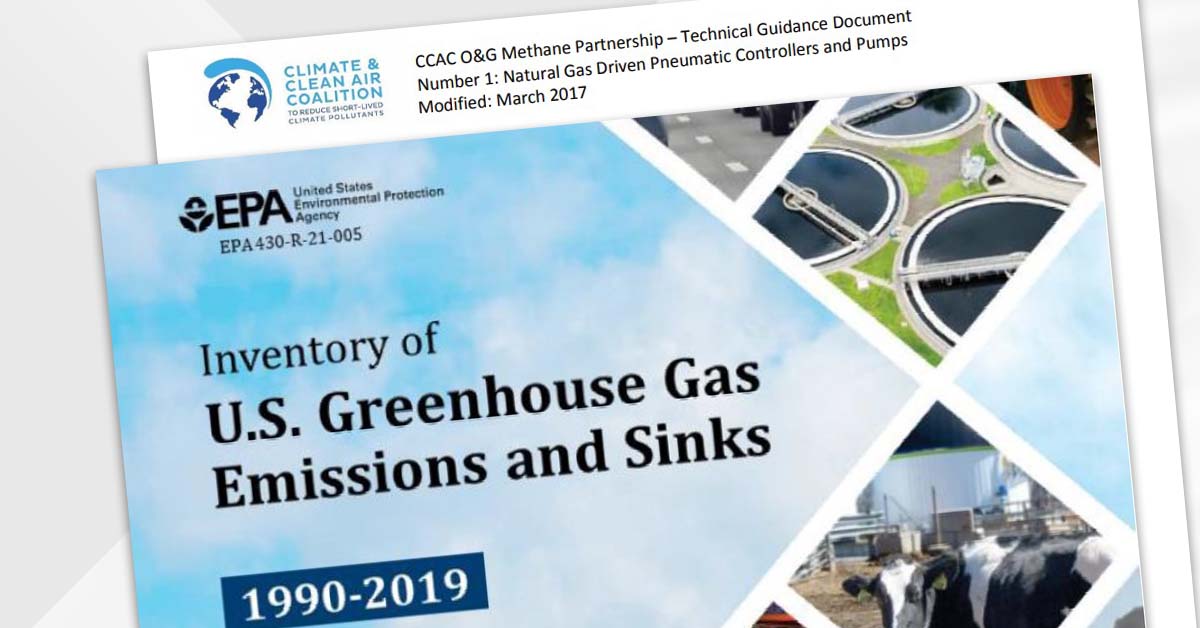
In the USA only the EPA reports more than 45 MMT CO2 Eq. from pneumatic controllers, is GHG Scope 1 emissions for end-users. The majority of these controllers are used to drive control valves with continuous emissions from the pneumatic controller and the positioner and additional emissions when the valve moves.
Special low bleed controllers can be found, these will emit approximately 1.500 Nm3 per year. For a complete pressure control loop including regular movements this still adds up to about 5.000 Nm3 methane or 300 tons of CO2 equivalent per valve per year.
In the Climate and Clean Air Coalition (CCAC) and Oil and Gas Methane Partnership (OGMP) report electric drives are proposed as alternative to reduce the emissions for pumps.
For valves an electric actuator should also be considered to obtain vast reductions in these Scope 1 emissions. This will at least reduce the continuous emissions of positioner and intermittent emissions during the movement which easily adds up to 3.500 Nm3 CH4 or 200 tons of CO2 Eq. per valve per per year.
Even in cases where air is used as supply fluid an electric actuator reduces the overall emissions since usually electricity is used to produce the air supply with much lower efficiency.
Where the availability of electric power cannot be guaranteed low power electric actuated valves are required. Direct Current low power actuators may be connected directly to the UPS or no‑break system of the plant. In case the power requirement is low enough even solar panel solutions with battery back-up can be applied.
Mokveld axial flow pressure balanced valves require very low forces to move and can therefore be equipped with very low power electric actuators suitable for UPS or no-break or solar panel.
Solutions for a complete control loop including for instance the pressure transmitter and PID controller can be designed for you. These complete control loops may reduce your Scope 1 emissions with upto 300 tons of CO2 Eq. per valve per year.